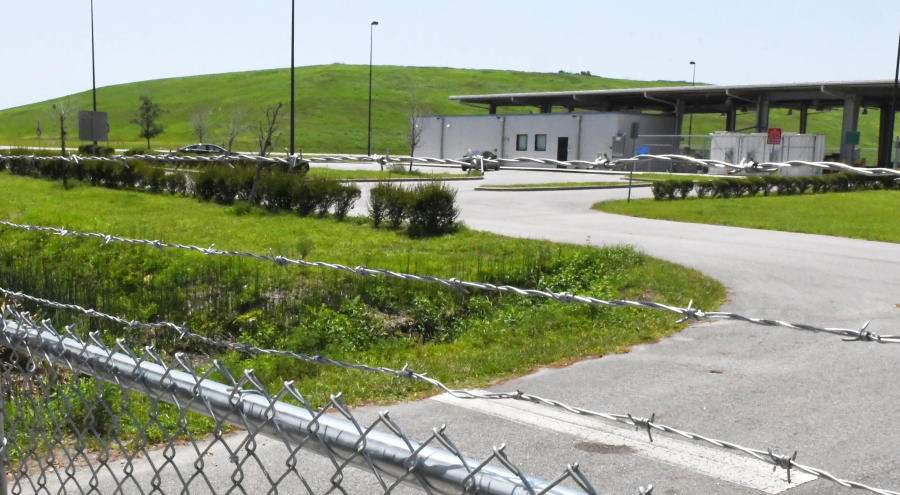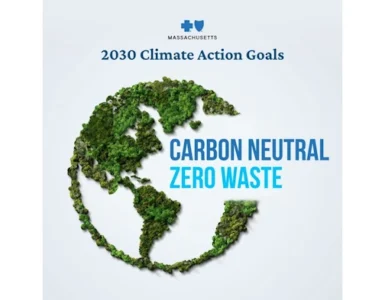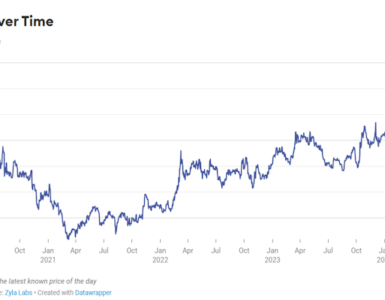The main source of pollution caused by a landfill is contamination of the water table by percolation water (leachate) loaded with various pollutants. As a result, the dry landfill will have almost zero environmental impact.
In contrast, wet landfill will have an impact equivalent to that of landfills in temperate USA and will therefore require precautions equivalent to those taken in these countries, with the technical and financial problems that this represents. The behavior of the intermediate discharge is difficult to predict, because little known. Therefore, it appeared essential to study the behavior of the latter type of discharge as well as the installations necessary for waterproofing the bottom of the landfill and the collection of biogas are often costs unbearable by the counties.
Two projects were thus undertaken in Gainesville. They concern the study of the impact environmental and biological evolution of three landfills in Florida. Physico-chemical analyzes (pH, redox potential, conductivity, COD, BOD5, nitrogen balance, methane, etc.) were carried out on solid samples, liquids and gases from these landfills. Some of these results have already been published and presented at local congresses and international on waste and landfill management.
The interest in the approach and the results obtained led the state of Florida to extend the investigations to the main landfills in Gainesville. Since, from a meteorological point of view, the water balance of these region is strongly negativ e (the potential evapotranspiration being 1.5 to 5 times more greater than the amount of rain falling annually). It has often been considered that these landfills had no significant environmental impact due to the leachate and did not exhibit biological activity.
However, the four landfills studied all revealed the production of biogas containing methane, an irrefutable sign the development of a certain biological methanogenic activity at the heart of waste. Even if local resident use a dumpster rental company to remove some of their old junk, this will not change the problem.
Two hypotheses can be made as to the origin of the water allowing the development of biological activity in this type of landfill. On the one hand, there is the water constituting the waste, which can be very important, especially if there is high proportion of fresh organic waste in the garbage (fruit scraps, etc.). On the other hand, the discharge acts like a sponge, trapping water during the rainy season and keeping it during the dry season, except for a crust about 1.5 m thick in contact with air.
Given the demographic growth and increasing urbanization of Florida development, particularly in Gainesville and the region, the problem of household waste management must be resolved as soon as possible.
However, the transfer of landfill management models applied in that state (waterproofing, recovery and treatment of biogas and leachate, etc.) is not always realistic (many “negative” examples exist in the field).
Indeed, the transfer of models represent a very high cost (several tens of millions of dollars) can only be supported by the often considerable debt of the state. In addition, this requires highly technical equipment, including the setting implementation and maintenance are relatively difficult (availability of spare parts spare, etc.). Finally, this transfer requires a skilled workforce that makes sometimes default in Florida.















